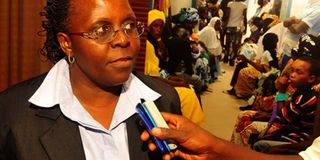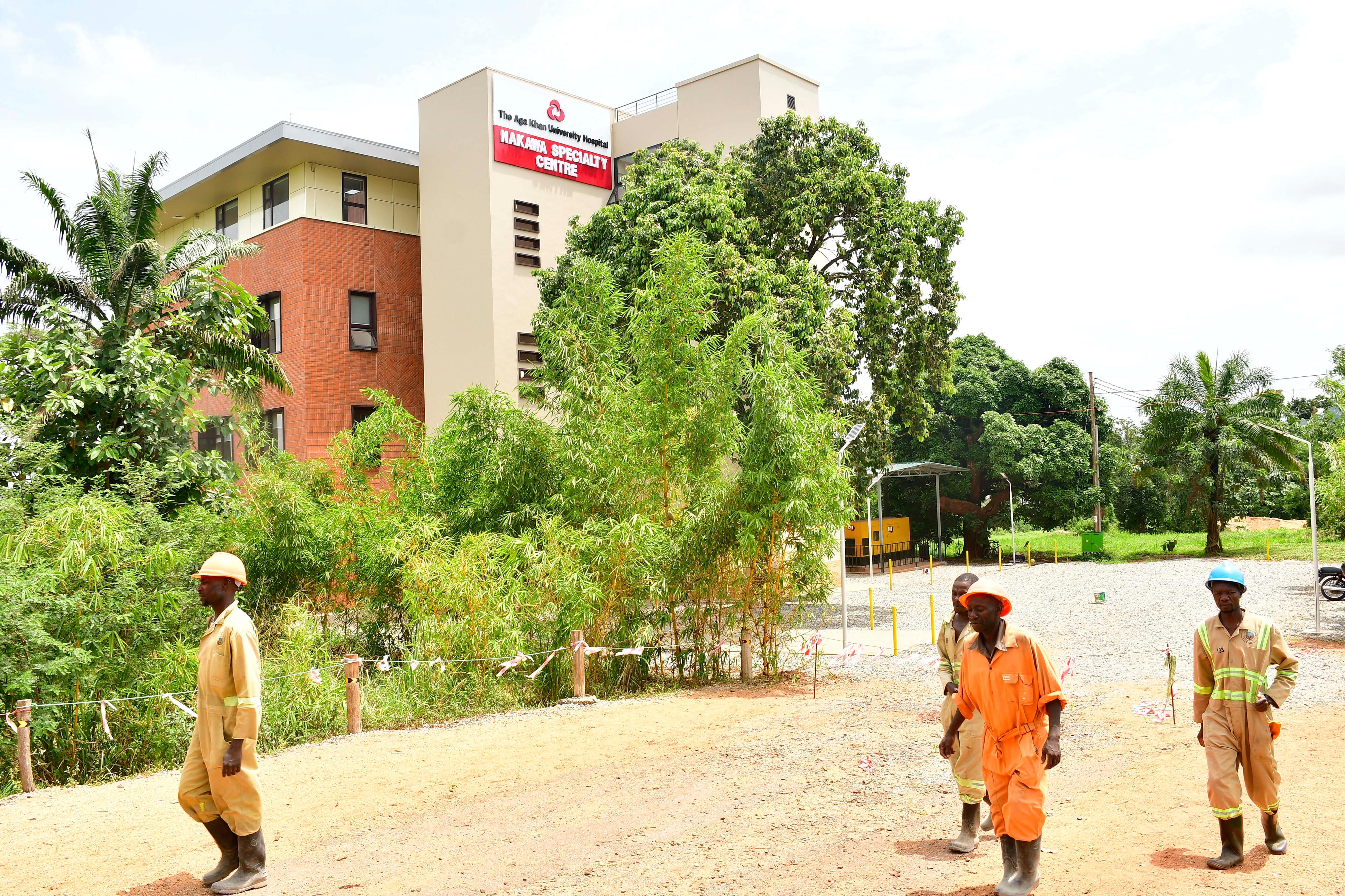Uganda needs public service reforms, says Muhakanizi

Dr Ssewanyana addresses journalists during the launch of Uganda Service Delivery Indicator in Kampala yesterday. Photo by Stephen Wandera
KAMPALA- Uganda should carry out radical reforms to improve the poor public service delivery which is crippling development, the secretary to the Treasury has said.
Speaking during the launch of the Uganda Service Delivery Indicators (SDI) survey in education and health results yesterday, Mr Keith Muhakanizi: “Uganda is doing badly in public service delivery in education and health sector. We should not waste time comparing ourselves with Kenya or Tanzania, what is needed is reforms in the public services delivery.”
He attribute poor public service delivery to bad governance, adding that reforms must begin with “the big guys in government”.
He announced plans to institute a national task force comprising civil society, academies, and policy makers to spearhead new reforms in the public sector with a view of improving public service delivery which has continued to remain poor.
The SDI survey, which is based on independent surveys of 5,300 teachers and health workers in 400 primary schools and 400 health facilities, shows that the country is still very far from achieving optimal performance in schools and health centres.
“Kenya significantly outperformed Uganda in both education and health. Doctors in Uganda performed at about the same level as Kenyan nurses on both diagnostic accuracy and the capability to provide full treatment. The proportion of teachers who reached the minimum knowledge threshold was more than double that of Ugandan teachers,” Dr Sarah Ssewanyana, the executive director of the Economic Policy Research Centre (EPRC), said while presenting the survey findings.
According to the SDI survey finding, there are significant knowledge gaps among teachers and health workers in both public and private schools and clinics.
The findings shows that only a third of public health workers can correctly diagnose at least four out of five common health conditions such as diarrhea, or malaria with anemia and only one in five teachers showed mastery of the curriculum they taught.
High level of absenteeism is also a major issue, according to the survey finds. More than half (52 per cent) of public health providers were not present at their duty stations during the survey. Researchers say much of the absence was sanctioned, calling for better management.
The SDI shows that in public schools, roughly one in four teachers was absent from school, and those present in school, one in three were not teaching.
As a result, 40 per cent of public school classrooms did not have a teacher conducting lessons.
The SDI data also reveals regional inequalities, with the northern region and rural areas faring worst in terms of knowledge levels of teachers and health workers.
Further, the average northern public school primary four pupil received about 90 days of teaching time less in a school year than his/her Kampala counterpart.




